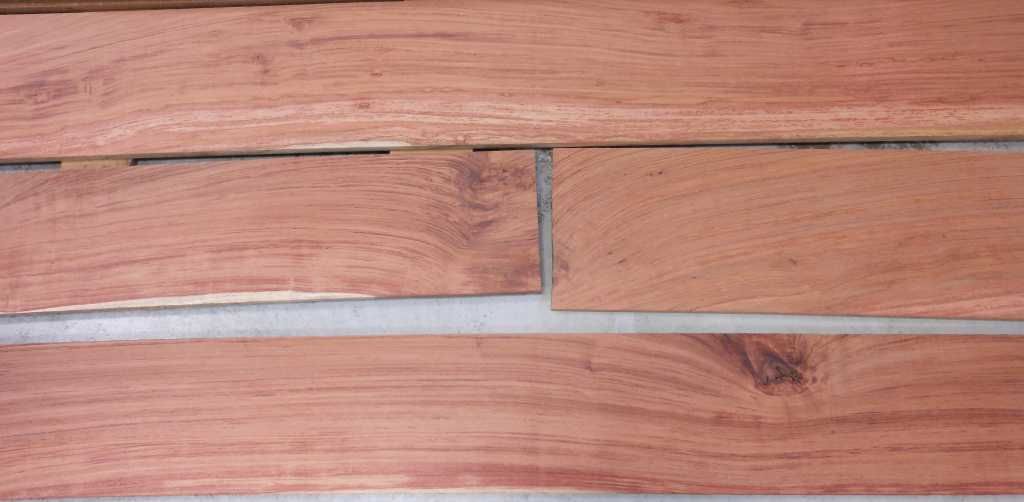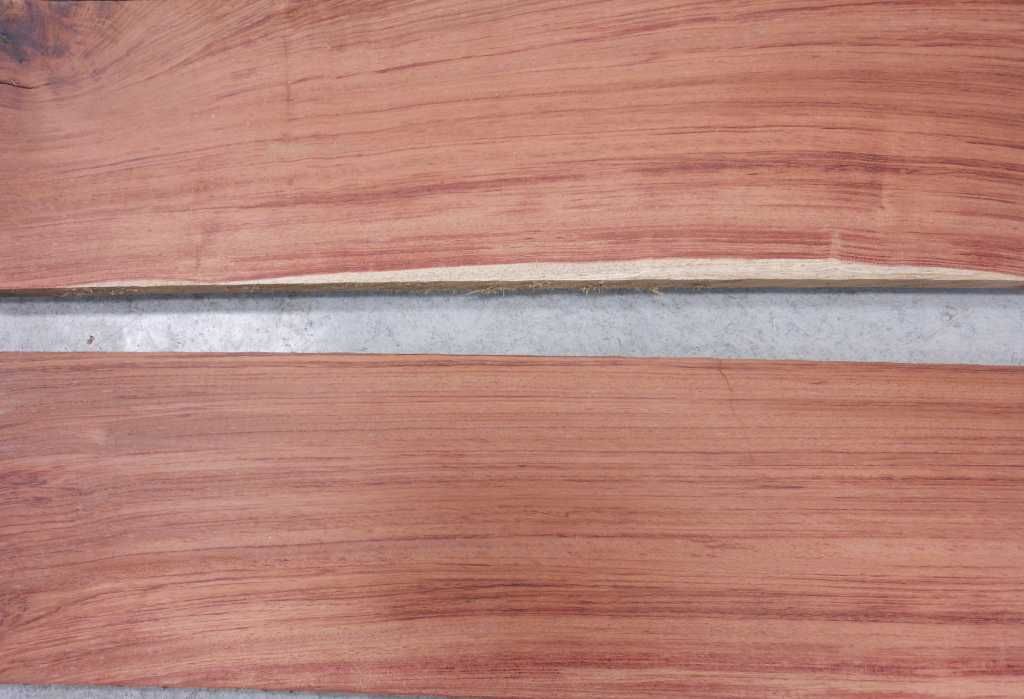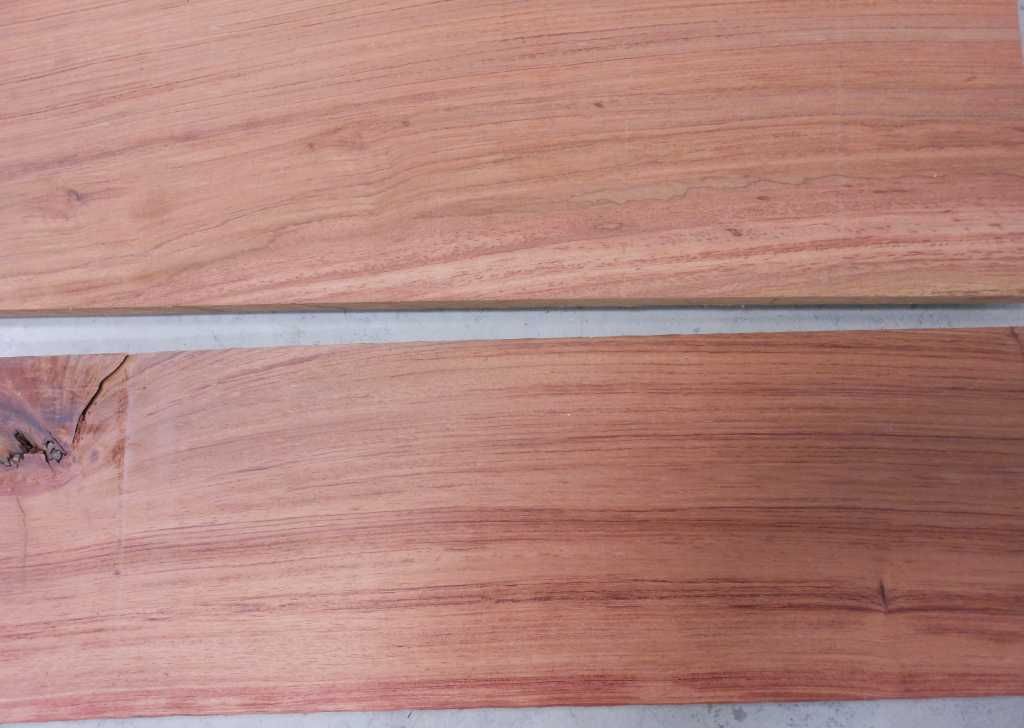Folks,
I need a hand. I bought the lumber below after being told it was Bubinga. Having never seen Bubinga in person, I had no way of knowing.
After seeing Azguy's new project in the 10/22 stock section and some further internet research, I realized there was no way that what I have is the same species.
![Image]()
![Image]()
![Image]()
This stuff is very dense and should make a fine bench stock. It's very likely that it came from South America.
The now-defunct lumber yard that I bought this from specialized in imported lumber that they turned into flooring.
The closest guess I have after researching www.wood-database.com and searching Google images is that this stuff "may" be Tulipwood.
What do you think?
Thanks,
Dave
I need a hand. I bought the lumber below after being told it was Bubinga. Having never seen Bubinga in person, I had no way of knowing.
After seeing Azguy's new project in the 10/22 stock section and some further internet research, I realized there was no way that what I have is the same species.



This stuff is very dense and should make a fine bench stock. It's very likely that it came from South America.
The now-defunct lumber yard that I bought this from specialized in imported lumber that they turned into flooring.
The closest guess I have after researching www.wood-database.com and searching Google images is that this stuff "may" be Tulipwood.
What do you think?
Thanks,
Dave










